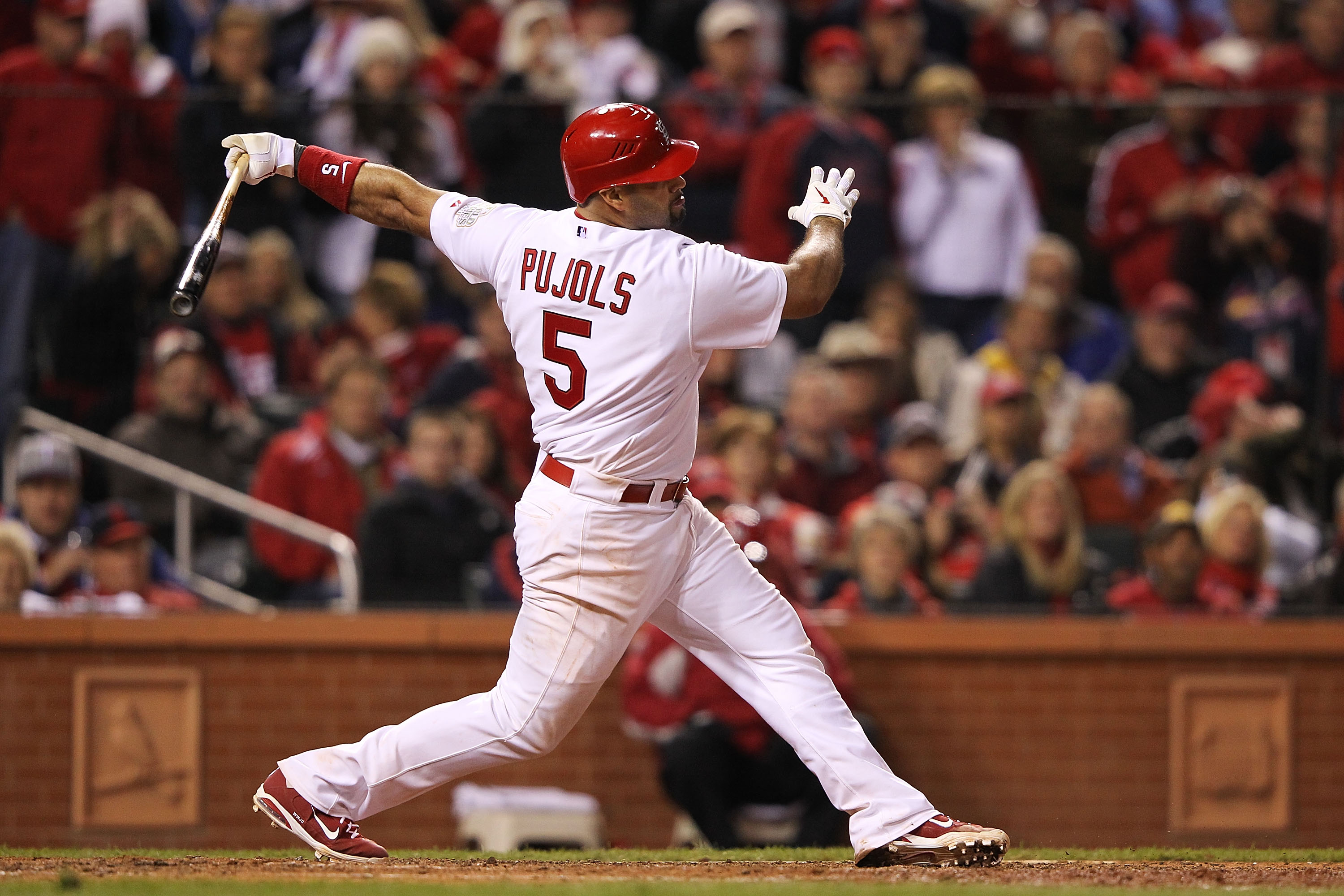The designated hitter rule hasn’t changed since 1973, but it has seemingly gotten more controversial in recent years. Those who advocate for expansion cite injuries to pitchers while others that point to the decreasing run totals across baseball. I prefer National League baseball, but that doesn’t change the fact that certain pitchers flat out can’t hit.
Playing under DFS conditions where strikeouts are extremely important, this is a situation that deserves our attention. The question is whether or not the prospect of facing an opposing pitcher instead of a DH should influence our SP selections.
Let’s first look at the hitting comparison between DHs, pitchers, and pinch-hitters:

For the sake of this article, we will refer to the pitcher/pinch-hitter combination as “#9 hitters”.
As expected, DHs perform better at the plate than #9 hitters. In NL ballparks, pitchers and pinch-hitters usually see an equal number of at-bats per game (two each). So far in 2015, they have have combined to hit .174 with a 36% K-rate.
This means their spot in the batting order is hitting .093 lower and striking out 14.1 percentage points more often than the average DH. Although that is a pretty significant difference over the course of a baseball season, we have to look at the numbers from a daily perspective.

Designated Hitters and #9 hitters each bat approximately four times per game. Since there are no fractional results in baseball, the most frequent box score outcome for a DH will be one hit and one strikeout, compared to zero hits and one strikeout for #9 hitters.
If no run scoring factors into these plays, then this will only result in a small difference across any DFS site. In Major League Baseball, we’re dealing with unique situations in every matchup. On any given day, we could be faced with a wide spectrum of matchup variables.
For example:
Pitcher A has to face Madison Bumgarner (.237, 5 HR last 2 seasons) and Gregor Blanco (.357 BA as PH) while Pitcher B has to face DH Nick Swisher (.198). On the same day, Pitcher C could have to face Jake Arrieta (0-27, 66.7% K%) and Mike Baxter (.222, 38.8% K% as PH) while Pitcher B has to face DH Jose Bautista.
I think you get where I’m going with this. On average, the difference will be minimal, but there will also be circumstances in which contest outcomes are dictated by this matchup. As DFS players, it is our job to educate ourselves on every factor that can influence a game.
I’ll now make your lives easier by providing a list of DHs and “#9 hitters” to both target and avoid.

The bottom line is that while the difference between DH and #9 hitters is fairly significant, it should not be among the top priorities when choosing your pitchers. After narrowing the selection down to a few pitchers, it might then be worthwhile to consider NL over AL as a determining factor.






